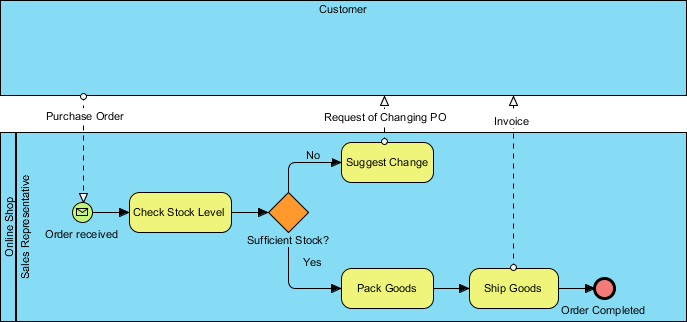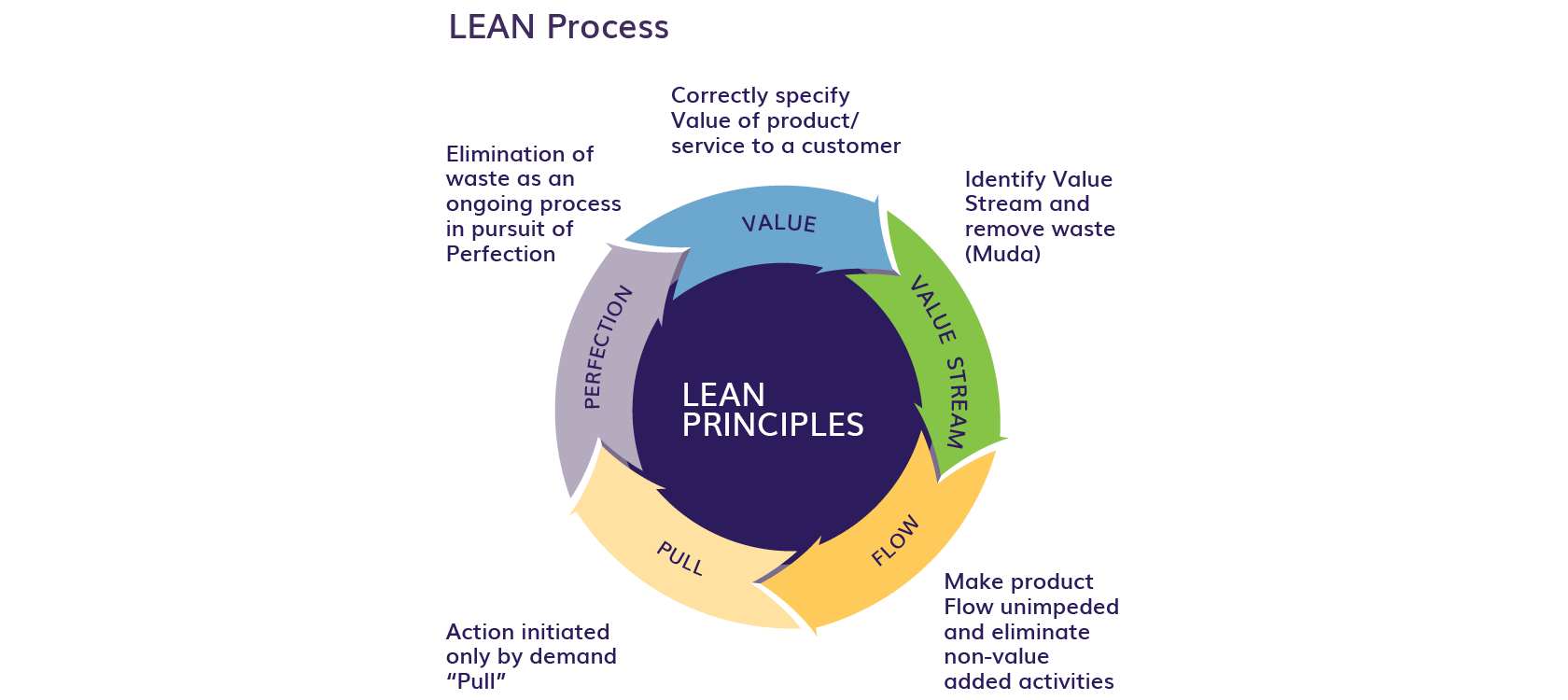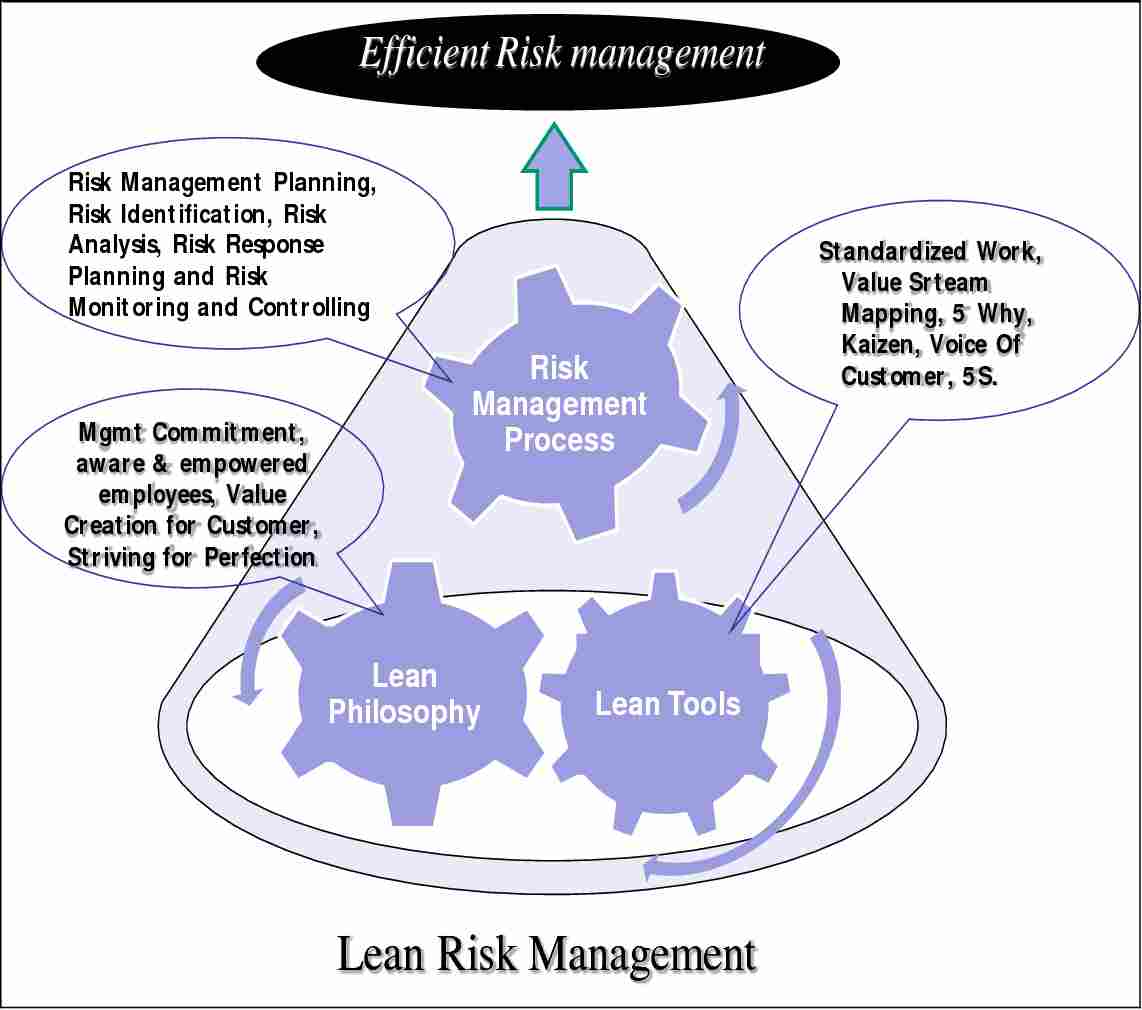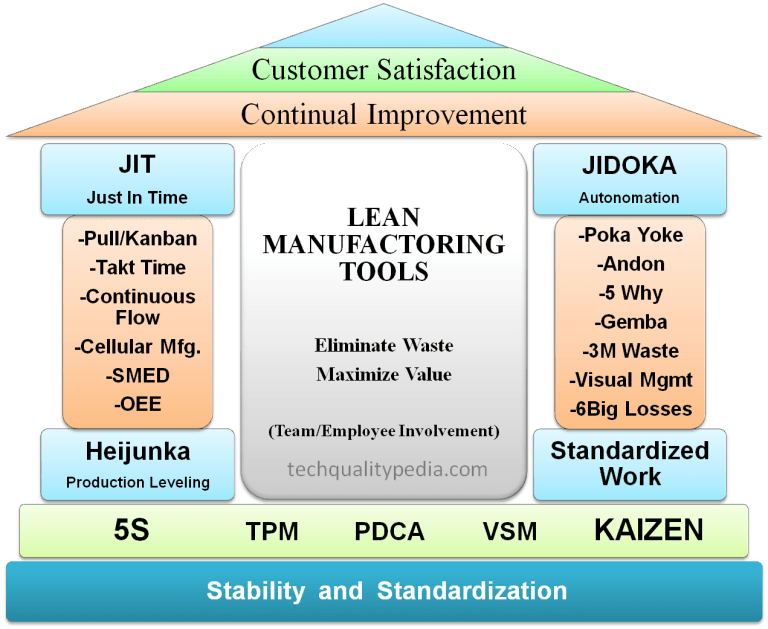9 Lean Process Improvement Steps to Nail With a Bootcamp
Irrespective of their niche, staying lean and efficient is the ultimate dream of every organization. Lean methodology has revolutionized manufacturing and production processes for years now. One of the biggest advantages of lean methodology is its foolproof process improvement techniques that help you eliminate waste and deliver the highest possible value.
Lean process improvement steps’ designs are to make sure that all tasks are efficient and add value to the product or service. By optimizing the use of resources, fine-tuning the existing processes, and streamlining the flow of work, these steps help you succeed.
Here are the nine lean process improvement steps you can nail with a bootcamp.
What Is Lean Process Improvement?
Lean process improvement is the act of identifying processes that have scope for improvement, implementing amendments, and finally evaluating the amendments’ impact. It is highly likely for production defects or inadequacies to fester in fast-paced production environments. Lean methodology offers a holistic solution to this problem; its process improvement methods are disciplined and clean.
9 Lean Process Improvement Steps
The following are the lean process improvement steps you can implement to maximize value.
1) Understand the Process that Needs Improvement
The first step in lean process improvement is understanding and analyzing the processes that need improvement. This involves getting your hands on all the information pertaining to them, especially how they function and add value to the organization. Interviewing the employees who oversee these processes is one of the easiest ways to do this. They can serve as the primary source of information about these processes.

Source: Visual Paradigm
Another approach to successfully carrying out this lean process improvement step is to use the As-Is mapping model. This model is simply the procurement and documentation of the current status of all processes. The techs collect information and then map it using diagrams. This mapping model can use different techniques, namely, survey, observation, interview, and JAD sessions. The fastest of these techniques is the JAD sessions, where the representatives of a particular process gather and document all the necessary information.
2) Identifying Areas of Improvement in the Process
The purpose of carrying out lean process improvement steps is to meet the customers’ requirements by perfecting your processes. This helps to improve quality and add greater value to the organization. In this step, the techs inspect the overall flow of the services to identify key areas of improvement. So, all the team members assess assets, technologies, and departments. After careful analysis, the team proposes process improvements. Once these get approved, the project team models the proposed improvements, using the diagrams.
The new model has to represent the following:
- the purpose of the improvement activities
- the key compliance and quality issues
- why these issues arise
- the list of the eligible personnel who can implement these activities
3) Implementing Process Improvement

Source: Centric Consulting
In this stage, the team plans to implement the changes suggested in the previous step. Now that the new ideas are in place, project managers can figure out whether or not the suggested improvements will prove to be effective in the long run. The teams must be well-organized and be adept at picking the right lean tools to make the amendments. To do this, every team member should understand the ins and outs of the suggested changes.
4) Execution and Monitoring of Process Improvement
While executing and monitoring lean processes improvement steps, you should encourage your team to look at value from the customer’s point of view. Your lean process improvement method should always prioritize and accommodate the customer’s needs.
The key to perfect execution and monitoring of lean process improvement is flawless execution and monitoring. Once the team properly assesses the project, it can refine its execution. But the sequence of execution will further give rise to a set of new indicators. This demands careful management of execution processes. The generation of these new metrics might sometimes pave the way to new roadblocks. This makes monitoring all the more important.
5) Checking for Value
It is critical to check whether every process that goes into the development and delivery of services is actively involved in value creation. If they do, the team should strive to continually improve the quality of these processes to enhance the product or service’s overall performance. This makes sure that the highest possible value transfers to the customer. But if an activity imparts little to no value to the product or service, the project team should ideally eliminate it.
6) Risk Mitigation

Source: Semantic Scholar
Risk mitigation is one of the most important lean process improvement steps. In lean methodology, risk mitigation is a combination of perfect estimations and optimal buffers. The team closely monitors the risks; upon detection, it triggers contingency plans. Risk management in traditional methodologies relies on assumptions, but lean methodology promotes a much more disciplined approach to risks. The risk management process always integrates with project management activities and project planning. Through this seamless integration, schedules and estimated costs reflect the changes accurately. Whether it’s efficiency or the elimination of waste, the risk mitigation techniques in lean processes certainly yield better results.
7) Standardization of Improvement Processes
Of all the lean process improvement steps, this is the stage where all the processes and procedures acquire uniformity and precision. It enables the easiest, safest, and the most efficient way to develop and deliver products or services. Only when the existing procedures become standardized can anyone evaluate them for the scope of improvement. Standardization not only brings down variability, but also helps employees structure and streamline their operations. Owing to the recyclable components, various departments can now integrate their processes to achieve standardization.
8) Compliance
To make the most of lean methodology, an organization should make sure that the lean principles always intertwine with the company culture. For every aspect of development and delivery the principles and techniques need to give inspiration. The team must address any deviation that occurs at the operational level without delay.
Lean process improvement, in particular, is not bound by time. It extends throughout the life cycle of a project. Therefore, lean six sigma process improvement tools and techniques never lose their relevance in an organization. That means employees must use lean process improvement methodology as and when required.
9) Enhancing the Experience of Customers
One of the primary objectives of using lean methods is to enhance the customer’s experience. By eliminating waste, a value stream focuses solely on transferring value. The shift from a reactive approach to a proactive method with the right procedures will complement the value you add to your organization. By focusing on bringing down waste and optimizing the use of resources, you can maximize productivity and increase customer satisfaction.
5 Tools for Lean Process Improvement
There is an array of tools you can use to avoid pitfalls in lean projects and to improve processes. It is crucial to understand how these tools can assist in minimizing waste and making your processes leaner.
The following are the major lean process improvement tools:
1) Jidoka
Widely employed in manufacturing and product development, Jidoka is a lean tool used to improve your processes. This tool is predominantly for quality control. This tool’s biggest advantage is that it lets a human operator intervene in automated processes and make amendments.
2) Heijunka
Customer demands are never finite or static; they keep evolving. This lean tool helps you cope with the instability that may arise due to changing market trends and customer trends. To use this tool, you need to generate a reliable sequence of orders that produce the same mix of outcomes every day.

Source: Tech Quality Pedia
3) Poka-Yoke
This tool keeps production defects at bay. It boosts the quality and reliability of products and services by eliminating the chances of committing mistakes during development. It helps you fine-tune your process improvements and process designs.
4) Takt Time
In lean methodology, takt time refers to the rate at which an end product needs to leave the line to meet customer demands. By calculating takt time, you can align your production time with market demands.
5) Just in Time (JIT)
With the advent of e-commerce and sophisticated logistics chains, Just in Time or JIT is a popular lean tool that is for greater efficiency. This tool helps you produce the right quantity required to supply.
How Does a Bootcamp Help You Nail Your Lean Process Improvement Steps?
Are you a self-motivated individual who is confident about your self-paced learning skills? If yes, it definitely helps. Whether it’s tackling the mudas (waste) or using various tools, trying to get a grip of complex methodologies such as lean can be a daunting task if you do not have the right resources and guidance. This is why lean six sigma bootcamps can up your career.
Here is why you can nail your lean process improvement steps with a bootcamp.
- Immersive Learning Environment — Unlike your self-paced learning experience, bootcamps provide you with an immersive learning environment that focuses on applied learning. Your mentors make sure you get a thorough understanding of the foundational concepts of lean, the tools, techniques, processes, and of course, lean process improvement steps.
- Run by Industry Experts — Industry experts lead bootcamps; that is, you get to learn the ins and outs of lean process improvement methods from professionals who have ample experience employing them in actual workplaces. You also have the provision to access their guidance at your pace and will.
- Hands-on Experience — Guaranteed hands-on experience in bootcamps offers you the right environment to put your theoretical knowledge into practice. You not only get to implement various processes and oversee them, but you also learn to identify the areas of improvement in them and implement amendments.
- Real-life Examples — The instructors carefully craft bootcamp lesson plans to include good real-life examples and case studies to help candidates understand how they can implement lean process improvement steps to enhance the quality of overall operations.
GreyCampus is a leading provider of bootcamp training in lean methodology. It’s Lean Six Sigma Green and Black Belt Combo Training and Certification course is a two-in-one training bootcamp that gives you a foundational understanding of key lean concepts, including process improvement. It comes with one-year access to audio/video lectures, 80 PMI PDUs, and simulated exams.
Want To Nail Lean Improvement Processes? Get Lean Six Sigma Certified Today!
